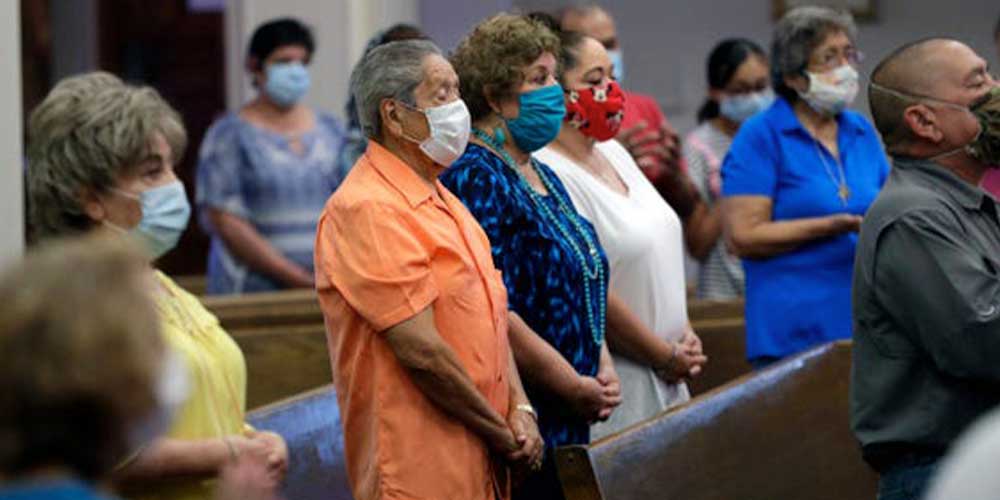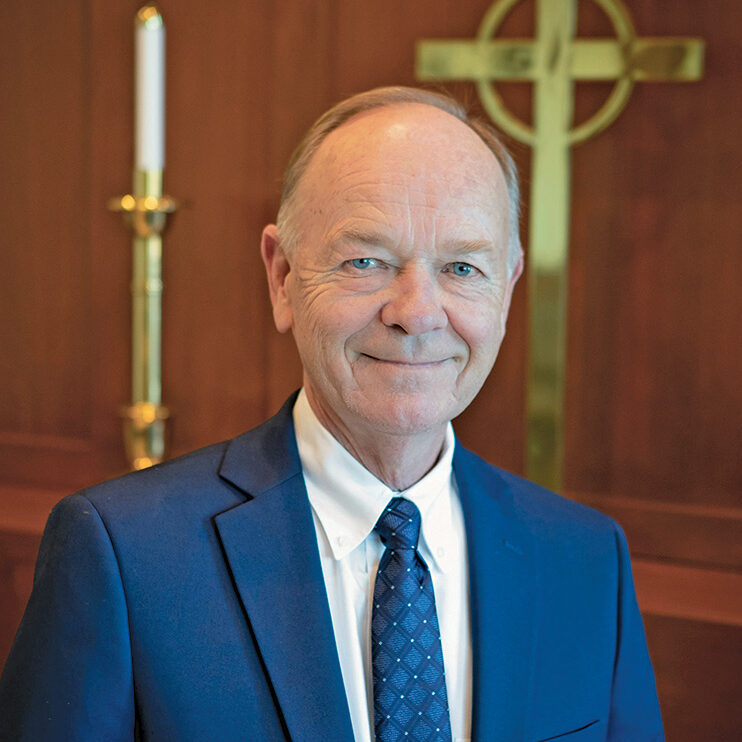 |
You’re reading this in May, but it’s February as I’m writing. We’re at a time when we are all asking the questions, “When will this COVID thing finally be over? When will things get back to normal again?” Of course, we don’t know the answer.
Yet, there are reasons to be optimistic, to be sure. The number of deaths, hospitalizations, and positive tests for the virus are dropping. New vaccines are being distributed. Many states have begun the process of reopening businesses and schools. More businesses are hiring and rehiring workers. In many places mask mandates are relaxed. There are even real fans at some sporting events. But even though things seem to be improving, we long for the day when life will be normal again.
When will that happen, especially in our congregations? We long for the day when we can once again gather for fellowship meals, in-person Bible classes, donuts after church, and school events. We miss the warm handshakes of friends before church and the lingering conversations after worship. We yearn for seeing new visitors in church and the opportunity to invite them to return.
As much as we have tried to carry out our ministry with as little disruption as possible and as creative as we have been in making worship available when people can’t be in church in person, we all have to admit that the impact on our congregations and members has been real.
Virtual worship has been a gift for which we can be thankful, but it also has presented the temptation to be satisfied that church on the couch is convenient. Social distancing has not just separated us physically by six feet; it has had a real impact on our personal relationships and our ability to connect with each other. Masks have not merely covered our mouths and noses; they have created a barrier that has prevented the communication we enjoy with one another. All of that does not begin to mention the cumulative psychological and spiritual effect of months of frustration, inconvenience, fear, and, tragically for some, the loss of loved ones.
Normal will not happen all by itself. It’s going to take real effort and real commitment on the part of church leaders and members to recreate the church life that has been so disrupted and changed by the virus.
Our example to follow in working to bring things back to normal is one given to us by the Christians in Jerusalem shortly after Pentecost. Those first Christians did not have it easy. They were hounded and opposed by religious leaders and government officials. They met in homes, often in secret, because of the risk of being followers of Jesus. Even in those circumstances, we are told that “they devoted themselves to the apostles’ teaching, and to fellowship, to the breaking of bread and to prayer. . . . They broke bread in their homes and ate together with glad and sincere hearts, praising God” (Acts 2:42-47).
That’s the kind of devotion and commitment we will need to get back to normal in our congregations. Valuing the Word and the sacraments. Looking for ways to show love to our neighbor and to receive Christian love in return. Remembering the joy God has given us in the gospel that we have in common with each other.
When will things get back to normal? When God permits, and when we dedicate ourselves to making it happen.
Author: Mark Schroeder
Volume 108, Number 5
Issue: May 2021
- The mission of WELS schools
- Blessings in tragedy
- Confusion or comfort?
- Never take it for granted
- A season of miracles
- Don’t miss the point
- Another humbling experience
- Our cross and crown
- The public ministry and the divine call
- No fear of bad news
- Big challenge, bigger blessings
- Our worldwide fellowship
- Seize the opportunities
- The Lord takes care of his church
- Savor the rain
- Up close and personal
- It’s never too early
- Thanks for not giving
- Hope for the future
- Our task is not over
- Update on WELS’ effort in Vietnam
- More workers for a bountiful harvest
- 150 years of fellowship
- A unique system of schools
- God’s cure—for everything
- Lenten repentance, Lenten appreciation
- Pray for us
- Plan with wisdom and faith
- Purposeful discussions
- Upholding biblical values
- President’s message: To judge or not to judge
- President’s message: A field ripe for harvest
- President’s message: Thoughts about the new hymnal
- President’s message: Cooperating in externals
- President’s message: Canceling the cancel culture
- President’s message: Making normal a reality
- President’s message: The fields are ripe for harvest
- President’s message: The end of the story
- President’s message: Blessings small and large
- President’s message: Standing on the truth
- President’s message: Peace on earth—but what kind?
- President’s message: Thankful—even now?
- President’s message: More than dollars and numbers
- President’s message: A time for trust
- President’s message: Future unknown, future certain
- President’s message: God’s work does not stop
- President’s message: A lesson to be learned
- President’s message: Having the right tools
- President’s message: What kind of leaders?
- President’s message: What’s love got to do with it?






